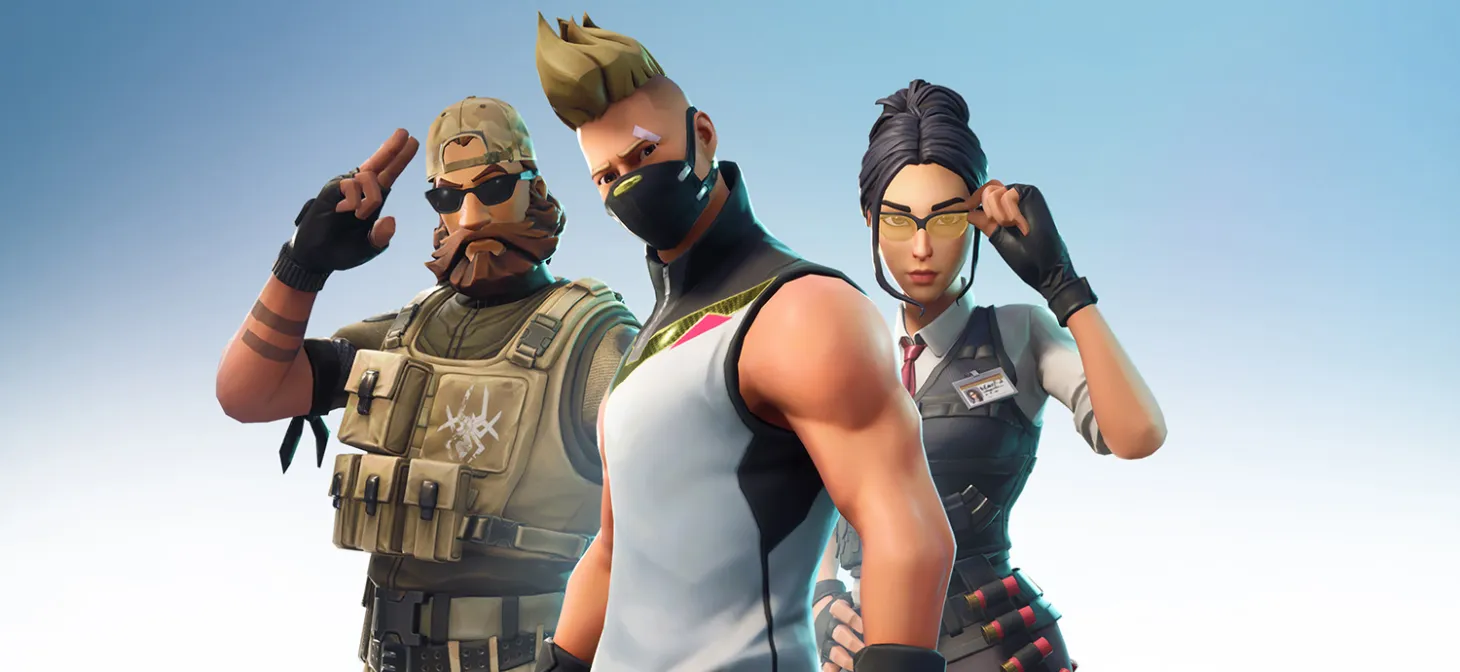

Please support Game Informer. Print magazine subscriptions are less than $2 per issue

During E3 in June, Fortnite released on Switch, and it's a solid port. After spending time with it, however, I wondered how it would play with the aid (or hindrance, depending who you ask) of motion controls.
Realistically I don’t know if I would use it, or if it would help my aim, but I would like to try Fortnite with motion controls. I would want them to function a bit like Breath of the Wild where they would only turn on when you aim down sights. Okay, bye!
— Kyle Hilliard (@KyleMHilliard) June 26, 2018
On July 12, Fortnite made it clear it was also curious about motion controls and updated the Switch version of the game to include them, so I decided to try them out.
Motion controls are divisive, and my feelings on them fall somewhere in the middle of those like them and those who wouldn't be caught dead using them. Generally, I don't like them, but there have been a few occasions where I appreciate them. I like their implementation in The Legend of Zelda: Breath of the Wild for aiming with the bow and arrow, and I also like them in Mario Tennis Aces for aiming the Zone Shot, but not for general tennis. In Splatoon, however, I just can't get the hang of motion controls, despite many of the game's best players swearing by their use.
Basically, I like motion control in moderation. I don't want to play a whole game with motion controls, but if I can activate them to adjust my aim slightly, I am happy. Thankfully Fortnite offers some settings to find this middle ground, but for the purpose of experiment, I turned everything up to the max at first. This was a bad idea.
There are three motion control settings available on Switch: Motion Sensitivity, Motion Targeting Sensitivity, and Motion Scoped Sensitivity. Motion Sensitivity applies motion controls to everything. If you move the controller at any time, the camera corresponds, and when it is turned all the way up, it is incredibly erratic. The GIF below demonstrates what even some slight controller movement looks like with that setting pumped up to 1.0. I didn't move the controller too much, but when it is maxed out, the camera move very fast. My recommendation for this setting is to turn it down to zero.

Motion Targeting Sensitivity applies to the motion controls that activate when you aim down sights. Below is a GIF of that setting turned up to 1.0, and it is similarly erratic and frankly only usable for those who have the steadiest hands.

And finally, Motion Scoped Sensitivity applies motion controls when looking down a sniper scope. This is the setting I adjusted and struggled with the most.
In the GIF below I have the Motion Targeting Sensitivity turned to about 0.25, which makes things much less erratic, but still felt a little too slow.

I was the most comfortable having this setting at 0.50 – not so erratic that my reticle goes crazy at the smallest movement, but not so slow that I didn't get some kind of accuracy benefit from having it turned on.

Sniping was a bit trickier, and I never found a setting I was fully comfortable with. Putting it at 0.50 made it too erratic, since the aiming requirement is much finer, so I dropped it down to 0.25, and that was about the best I could get it for my personal preferences.

Here's one final GIF from the starting area with the 0.50 setting for the Motion Targeting Sensitivity. It's still not perfect, but it was where I ultimately where it felt like it actually gave me a targeting edge, even if it is a small one.

As a recap, here are the settings I ended up locking in for all the motion controls. I tried making smaller adjustments, like trying 0.50 and comparing it to 0.60, but the change was so incremental that I didn't notice a major difference. It's also worth noting that using the d-pad moves the number slightly, while the control stick lets you select your number at larger increments.

After playing through a few rounds with motion controls, I don't prefer the game with them turned on. I was hoping it would improve my sniping, but I couldn't find a setting I liked when looking through a scope. The Motion Targeting Sensitivity for aiming down sights, however, I could see myself using again. It would take some practice to get used to the different style of aiming, but even after a few rounds, I could already see myself gaining at least a little bit of extra accuracy. I doubt it could ever replace the mouse and keyboard, but I could see it offering a slight edge over controller players on Switch and Xbox One. Unfortunately, it seems like I will probably never be able to test my theory against PlayStation 4 players.
For more on Fortnite, head here to read all of our features from when the game was on our cover in 2014. Needless to say, the game has changed a lot since then, but we were way ahead of the curve.